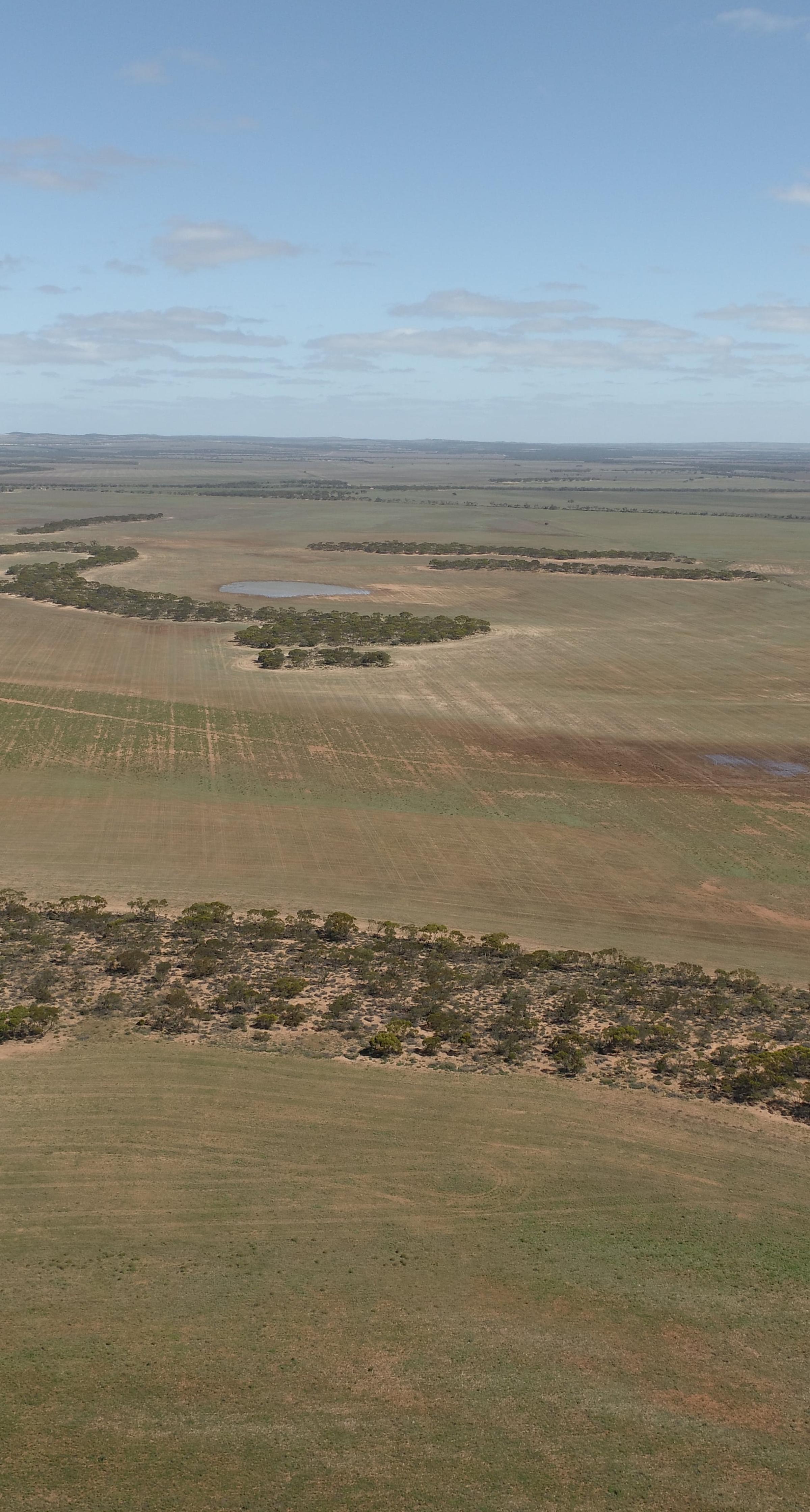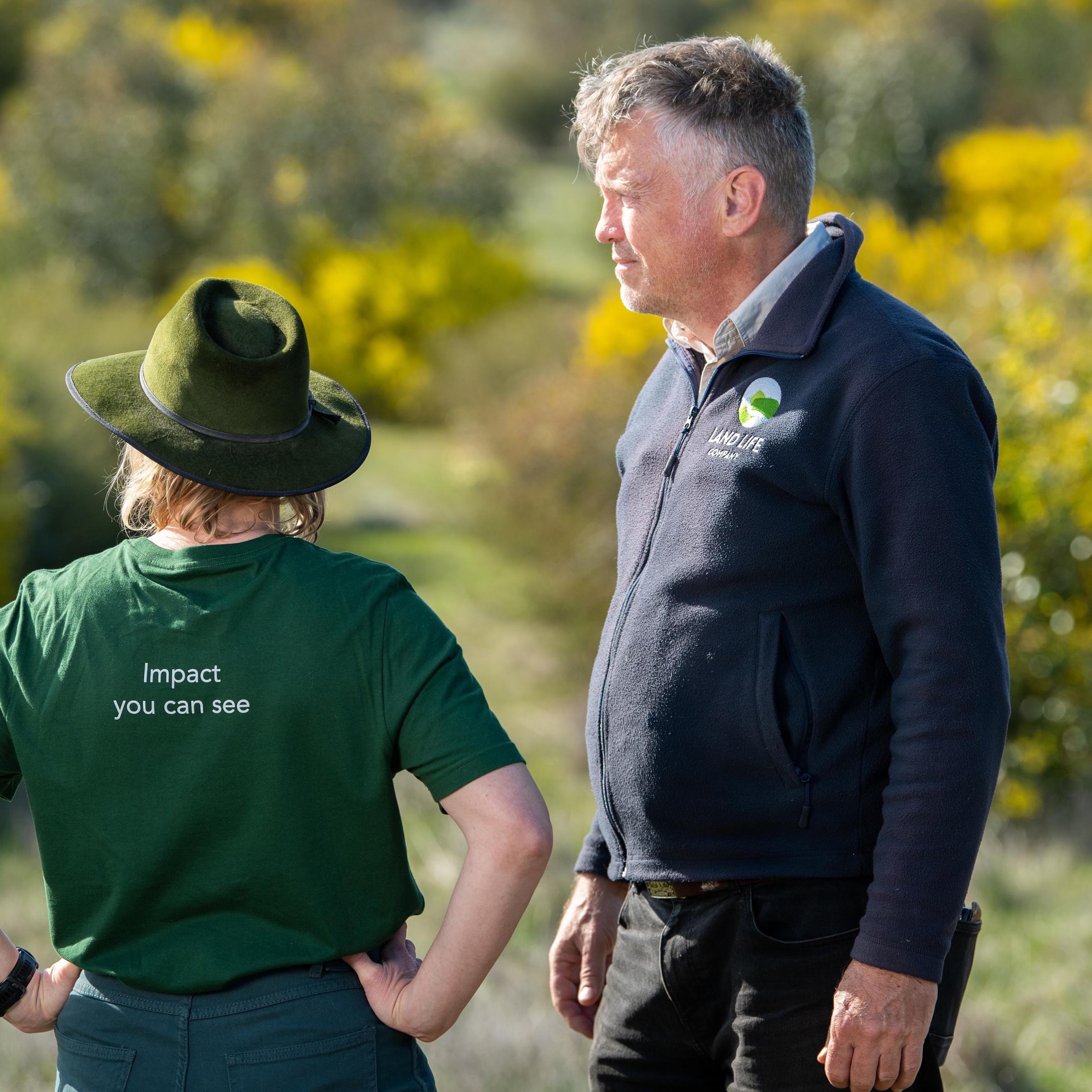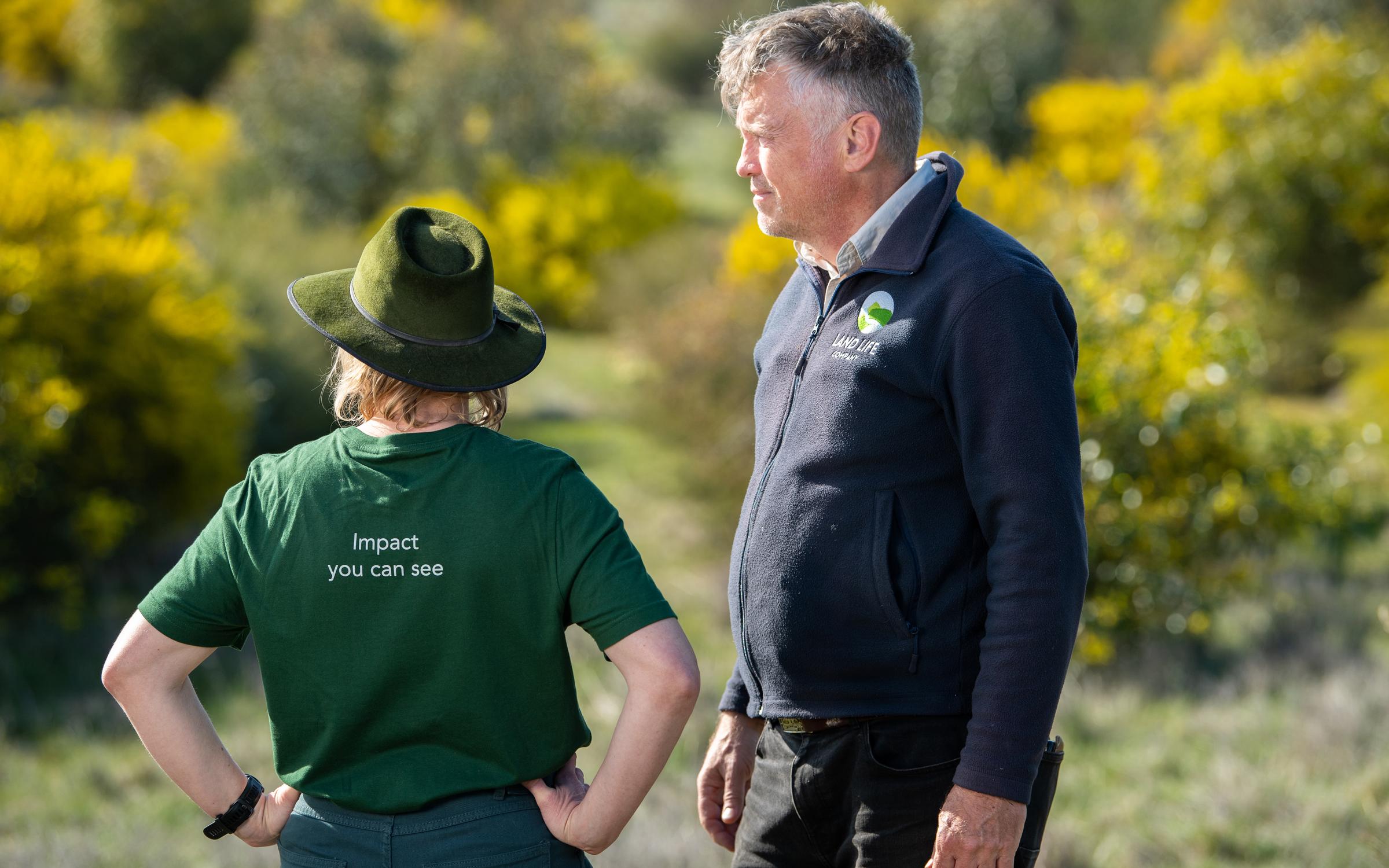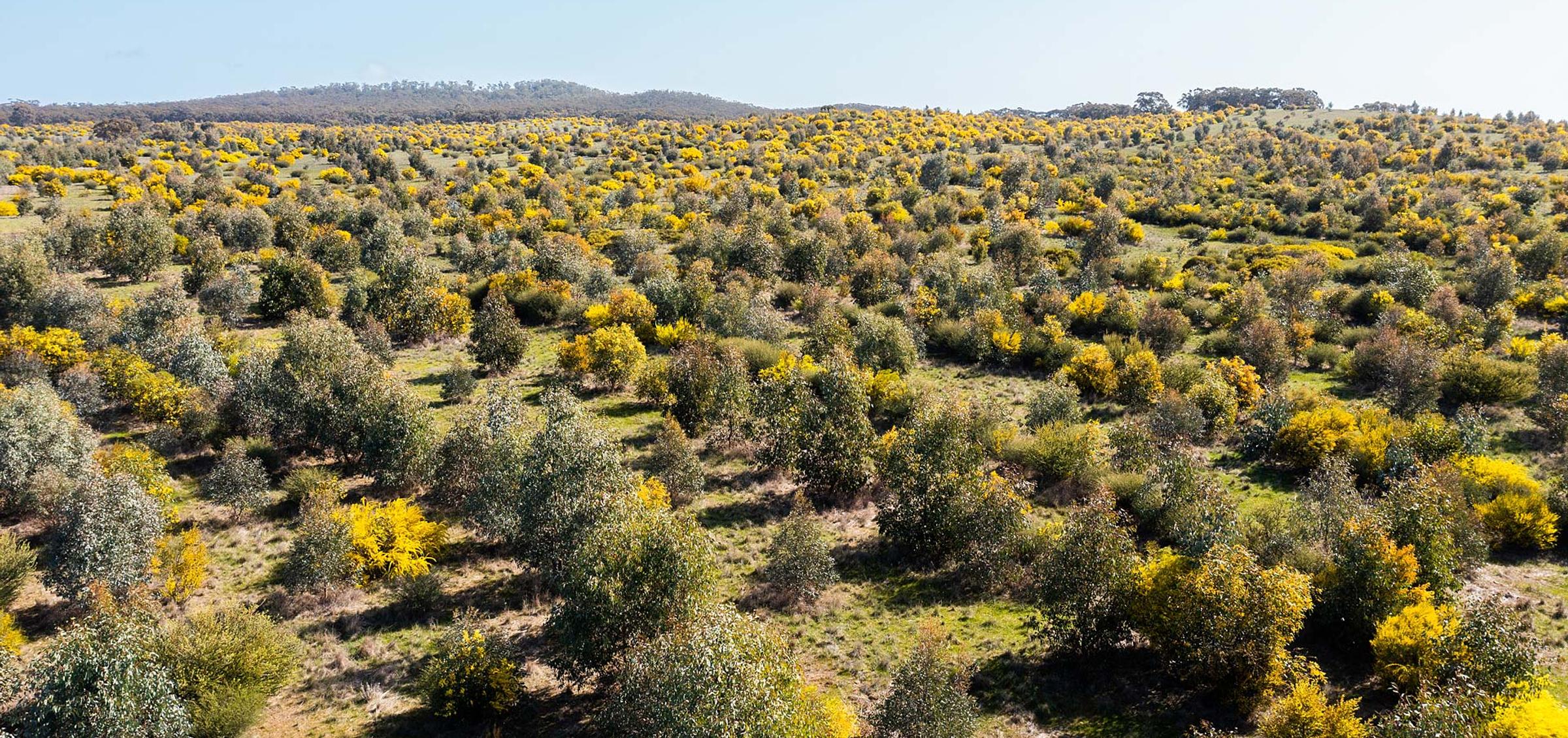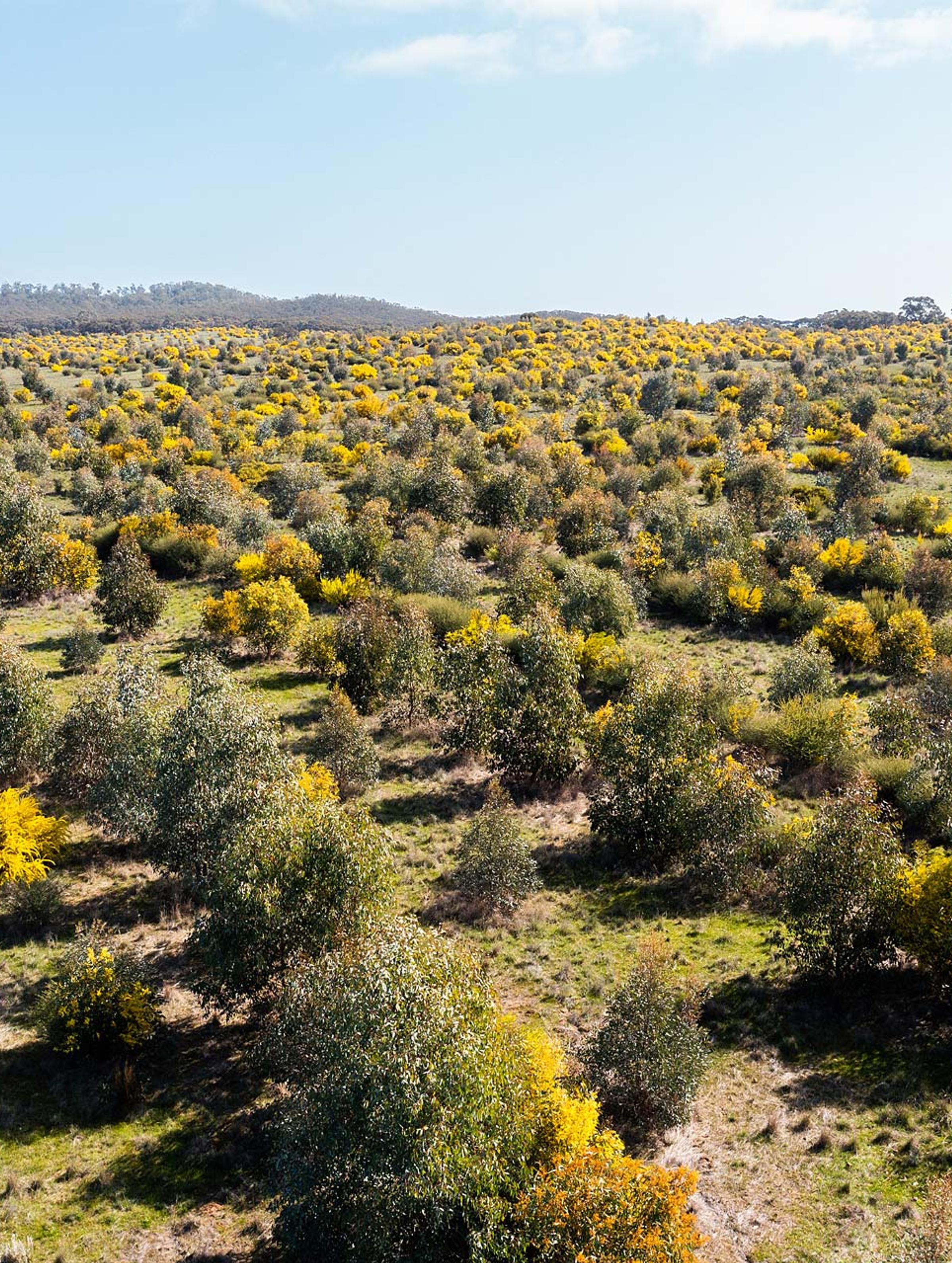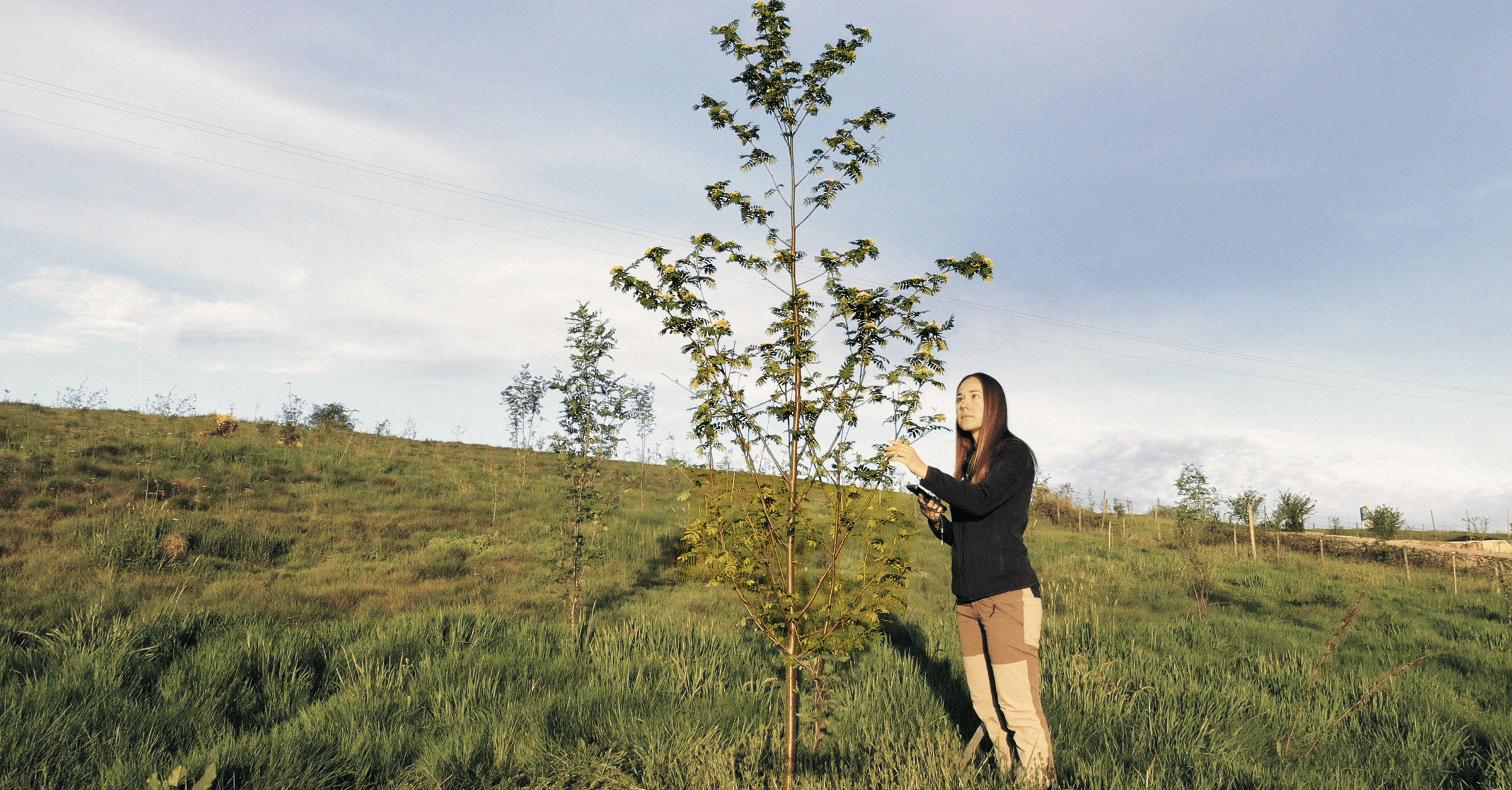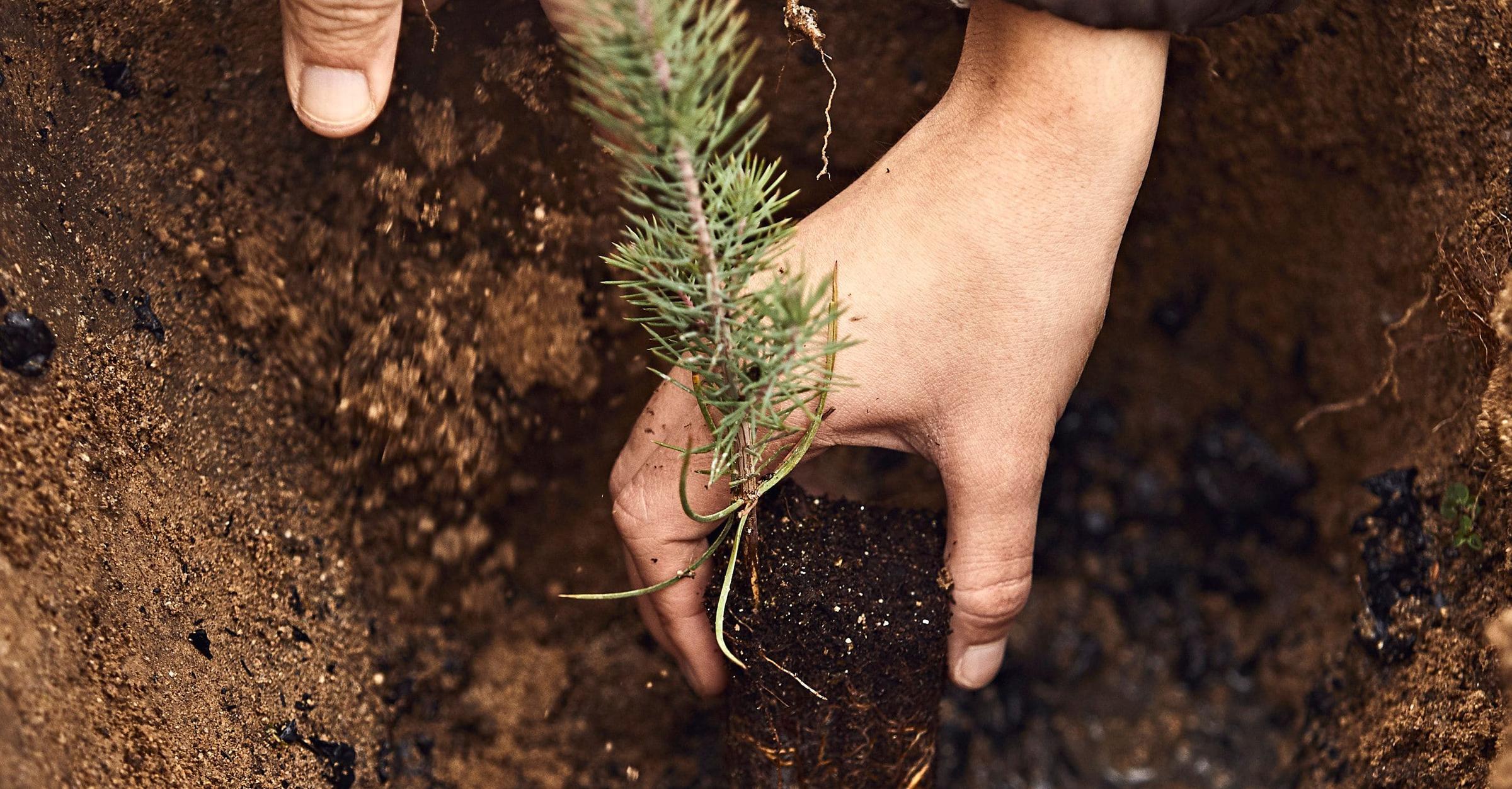Hillridge South Australia Restoration Project
About our restoration project in Hillridge, South Australia
Hillridge was cleared of its native vegetation in the 1970s and 1980s. Since then, it has been subject to wind erosion and stock grazing, severely declining in overall health and in desperate need of native trees and shrubs to regain its vitality.
Land Life started planting trees and shrubs here in 2022.
Hillridge is located on the traditional lands of the Barngarla First Peoples and Barngarla representatives have visited the site on several occasions since the start of the project.
Acknowledgement of Country
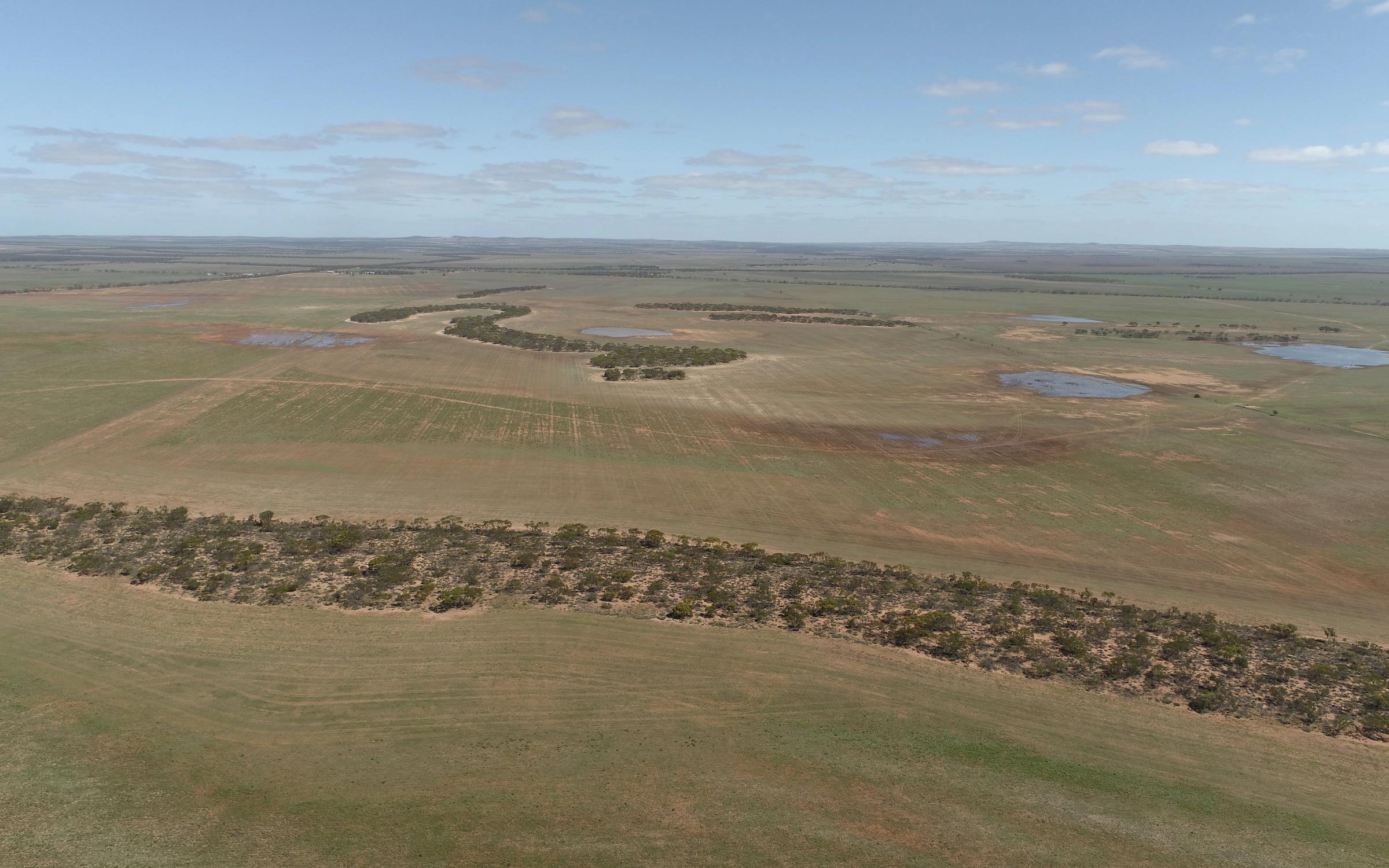
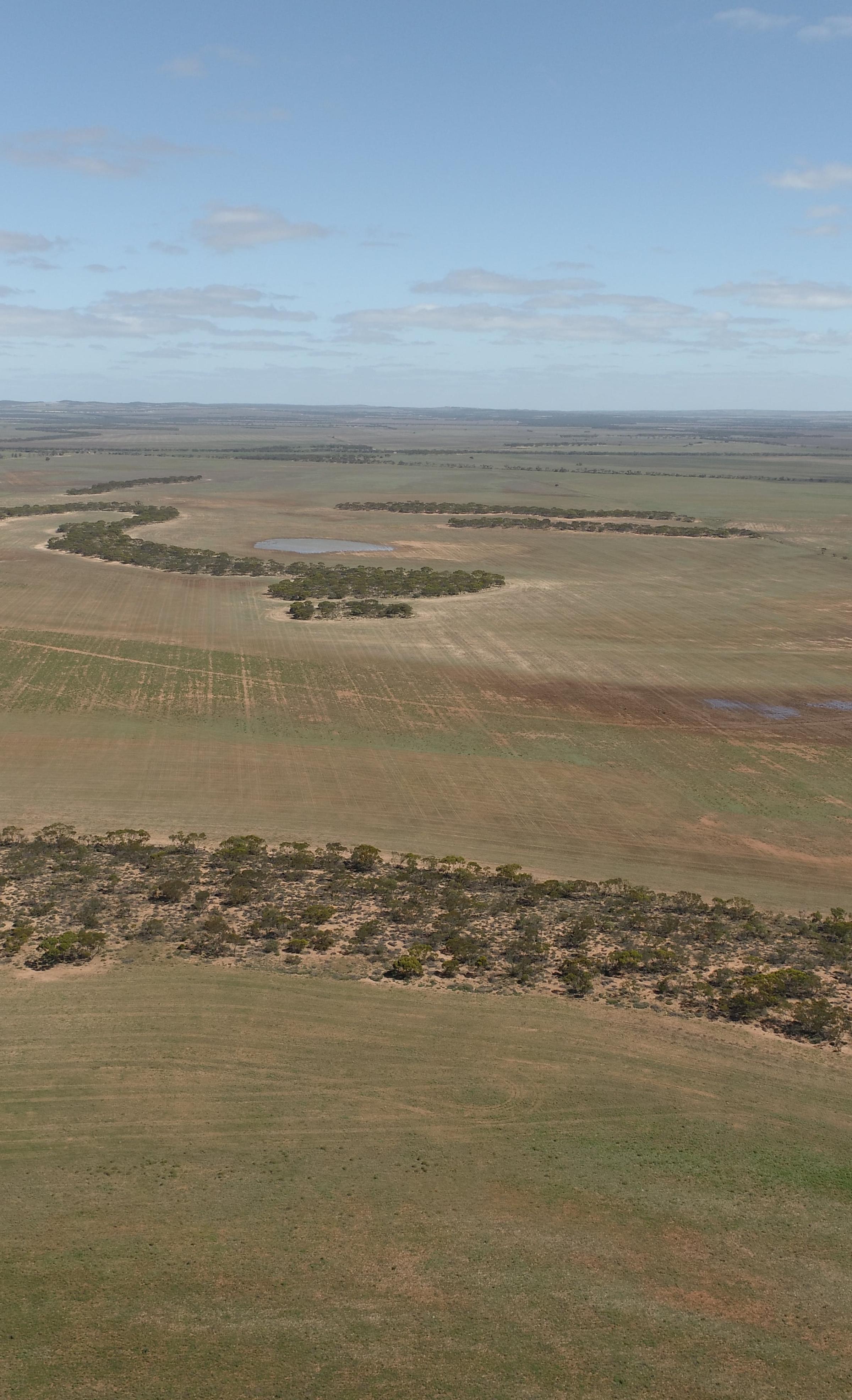
Site objective
Carbon Sequestration: 83,000 tCO2 / 40 years
Methodology: Registration and validation of this ARR project is under VERRA's Verified Carbon Standard (VCS program)
On the southern boundary of the Lake Gillies National Park on the far north-eastern side of the Eyre Peninsula in South Australia, there's a sharp contrast between native remnant bush and cleared agricultural land that's clearly visible from space.
Observed from the sky, the landscape changes abruptly here, from a full dark green to a pale shade of brown. From a treed piece of habitat to an empty windswept plain.
This line is as straight as a ruler and runs for several kilometres west to east. Here you'll find Hillridge, a large Land Life carbon removal reforestation project aiming to recreate viable habitat rich in species diversity that forms biolink corridors through a landscape under duress.
As our restoration project matures, we anticipate an increase in canopy cover, which will provide shade, lower ground temperatures, and create favorable conditions for various species. Soil health will also improve, with more active soil life enhancing nutrient cycling and supporting healthier plant growth.
The project also aims to provide additional, biodiverse, and lasting carbon storage in the newly planted woodland trees and shrubs, as well as in the soil.
Find out more about Land Life's carbon removal reforestation solution.
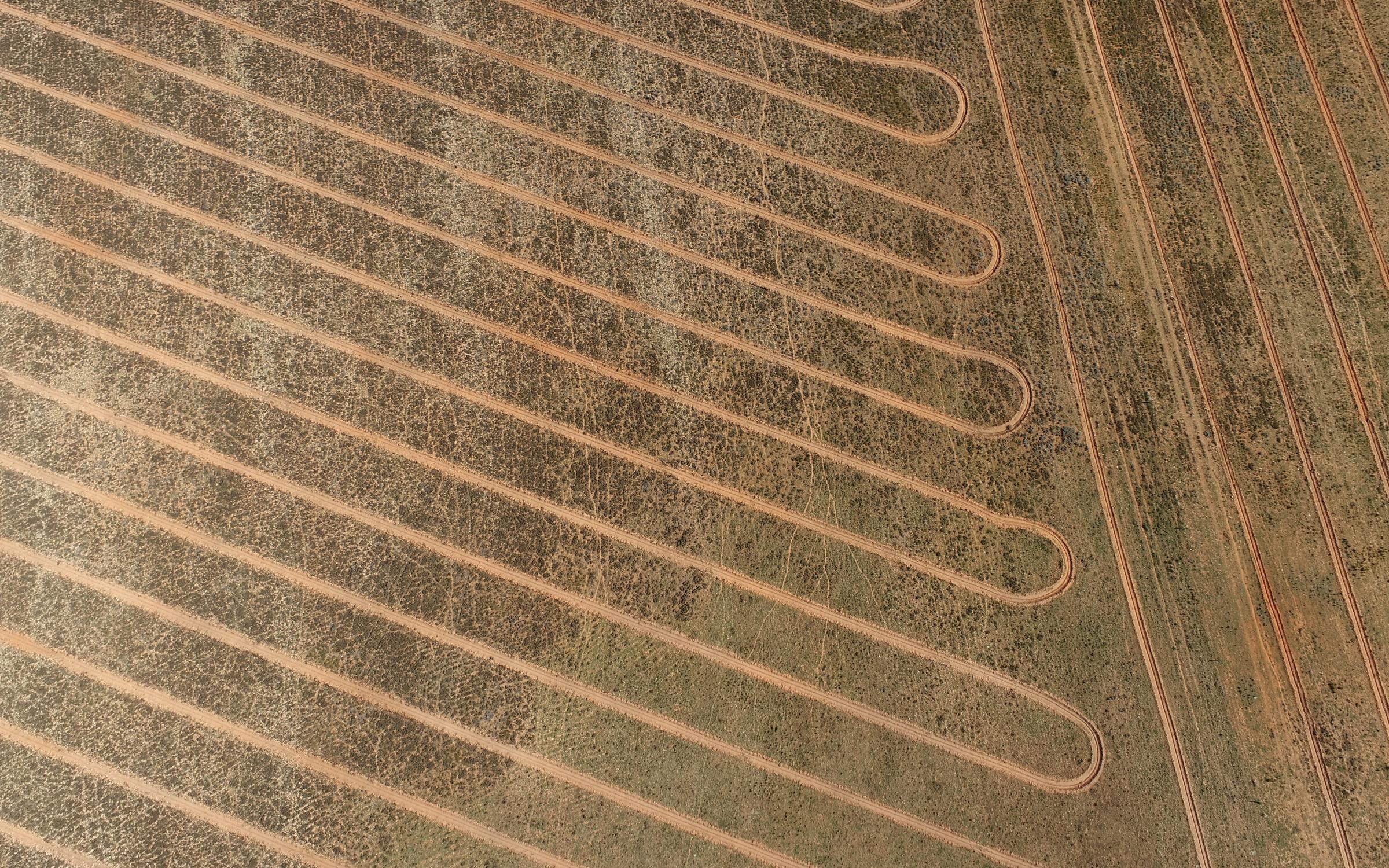
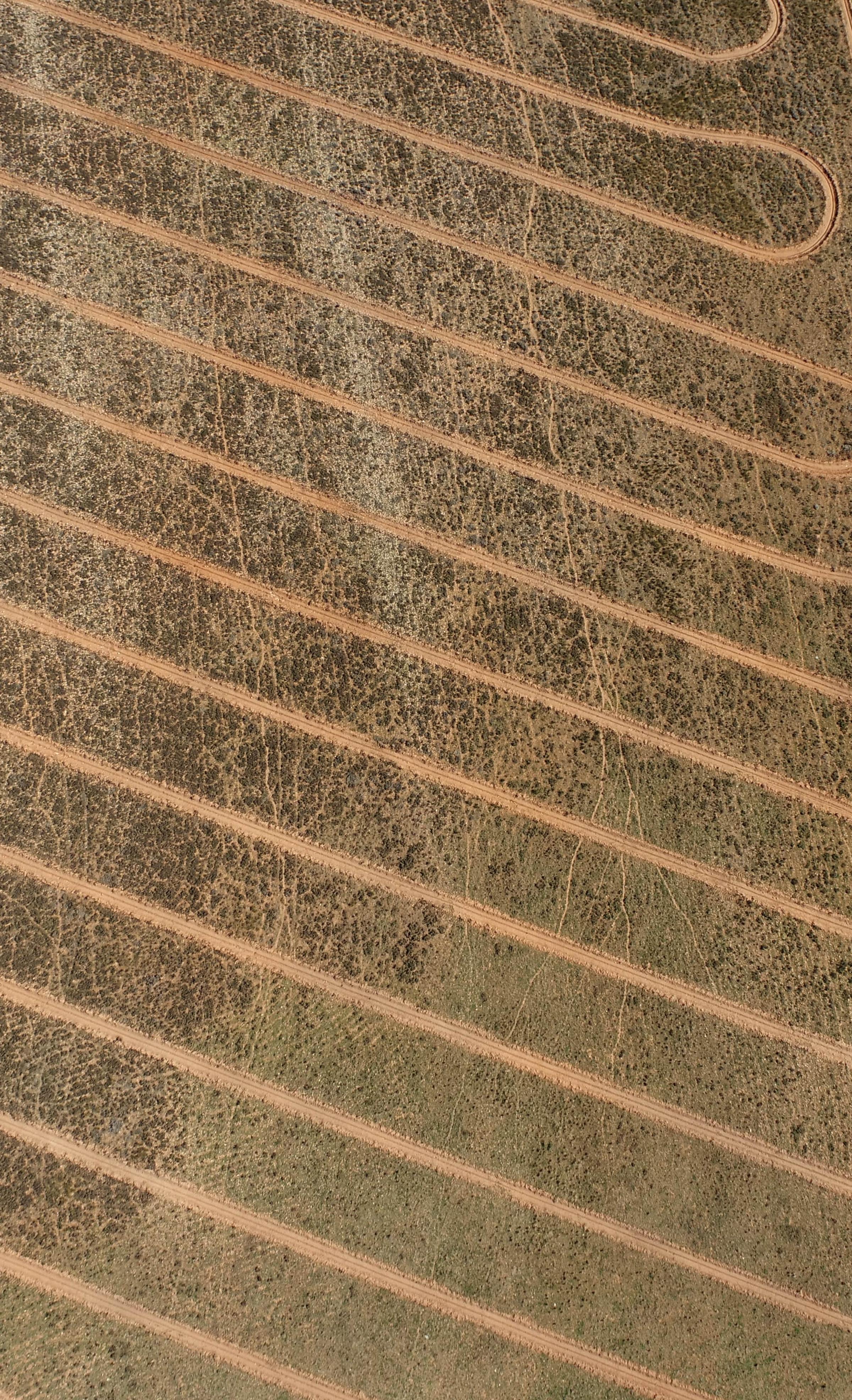
About the restoration
Prior to the restoration, Barngarla Elders identified culturally significant sites to be excluded from works to maintain their integrity. Land Life is proud to be working with Barngarla on their land and continues to work with them closely.
A direct seeding method was used on the Hillridge site. Barngarla planting crews sowed 272kg of native seed into the 637-hectare site, spread across the 2022-2023 planting season. A total of 34 native species were used on the restoration project.
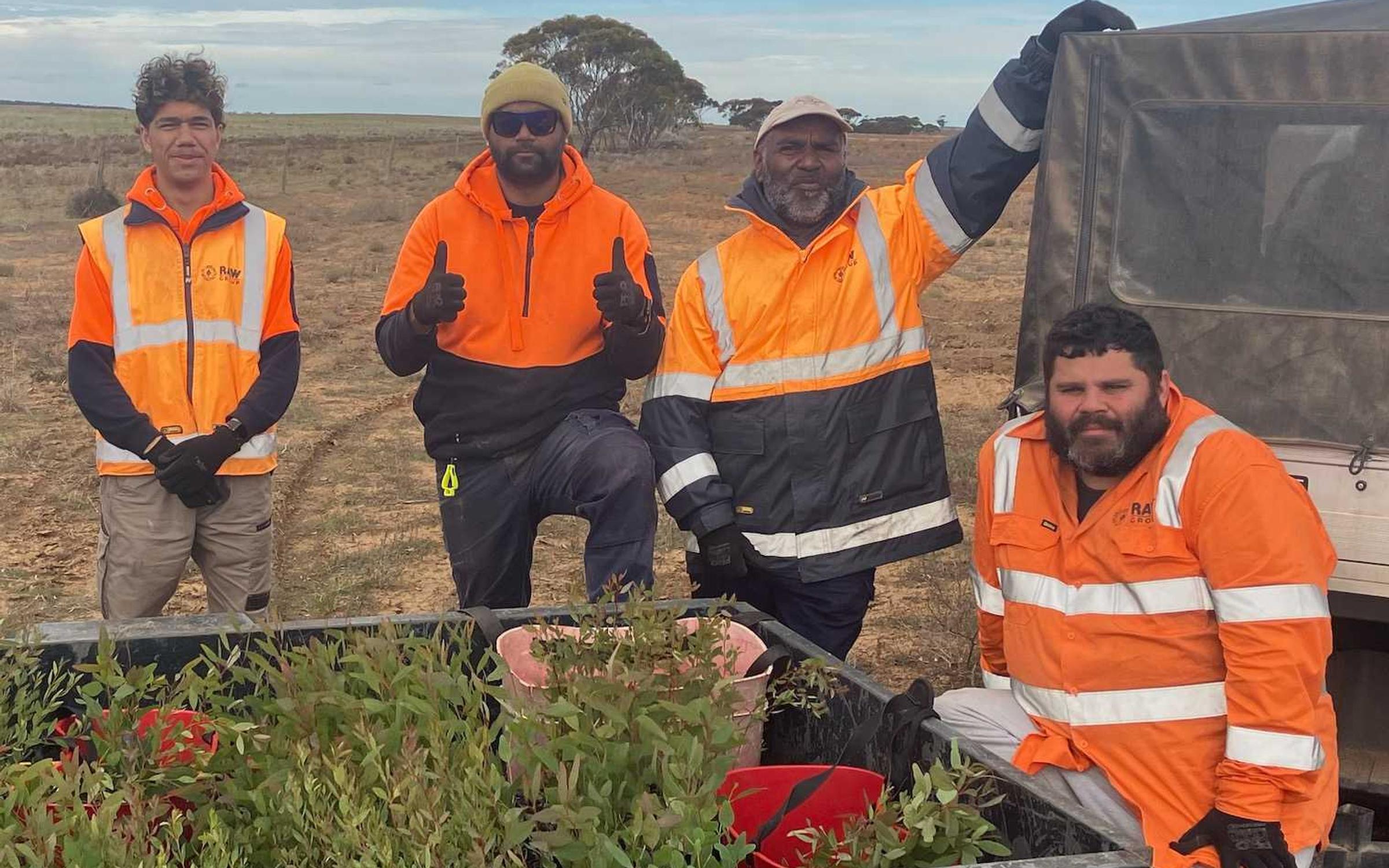
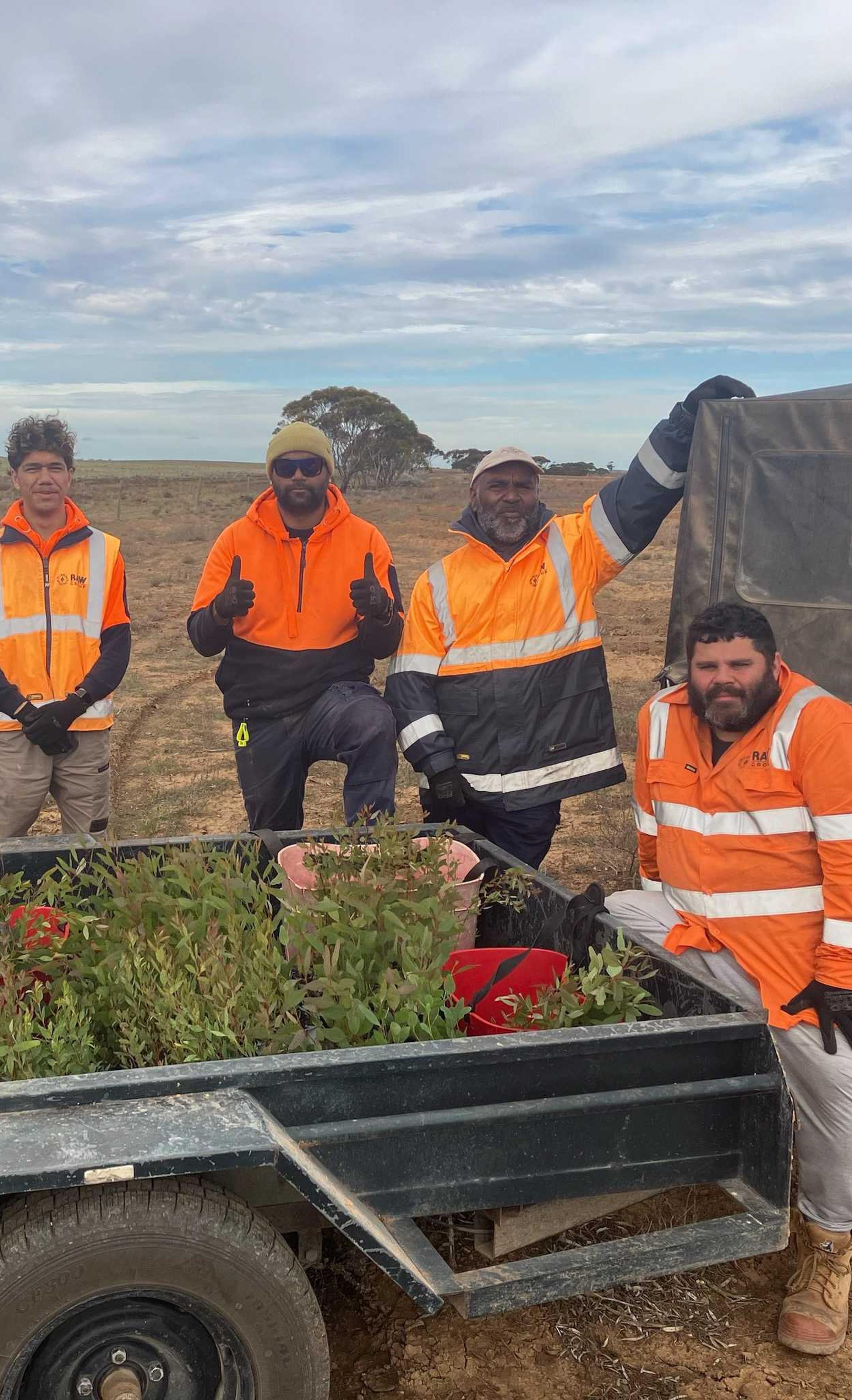
Biodiversity gains
Jacky Winter, a nationally declining woodland bird, is already seen fluttering above the saplings looking for insects. And Stumpy Tail or Sleepy Lizards are already seen traversing the planting site, browsing on herbs sheep are no longer taking away.
One species we would love to see back at Hillridge one day is the Sandhill Dunnart, a small carnivorous marsupial that only exists in two small pockets in South Australia and nowhere else on the planet. One of those pockets is next door to Hillridge.
The Sandhill Dunnart's return to Hillridge will be the ultimate seal of approval that Land Life is doing things right. Until that sighting, we'll continue to monitor the growth of our trees and shrubs, while more bird species begin returning to the site as nature comes back to life on Hillridge.
The Future is Nature
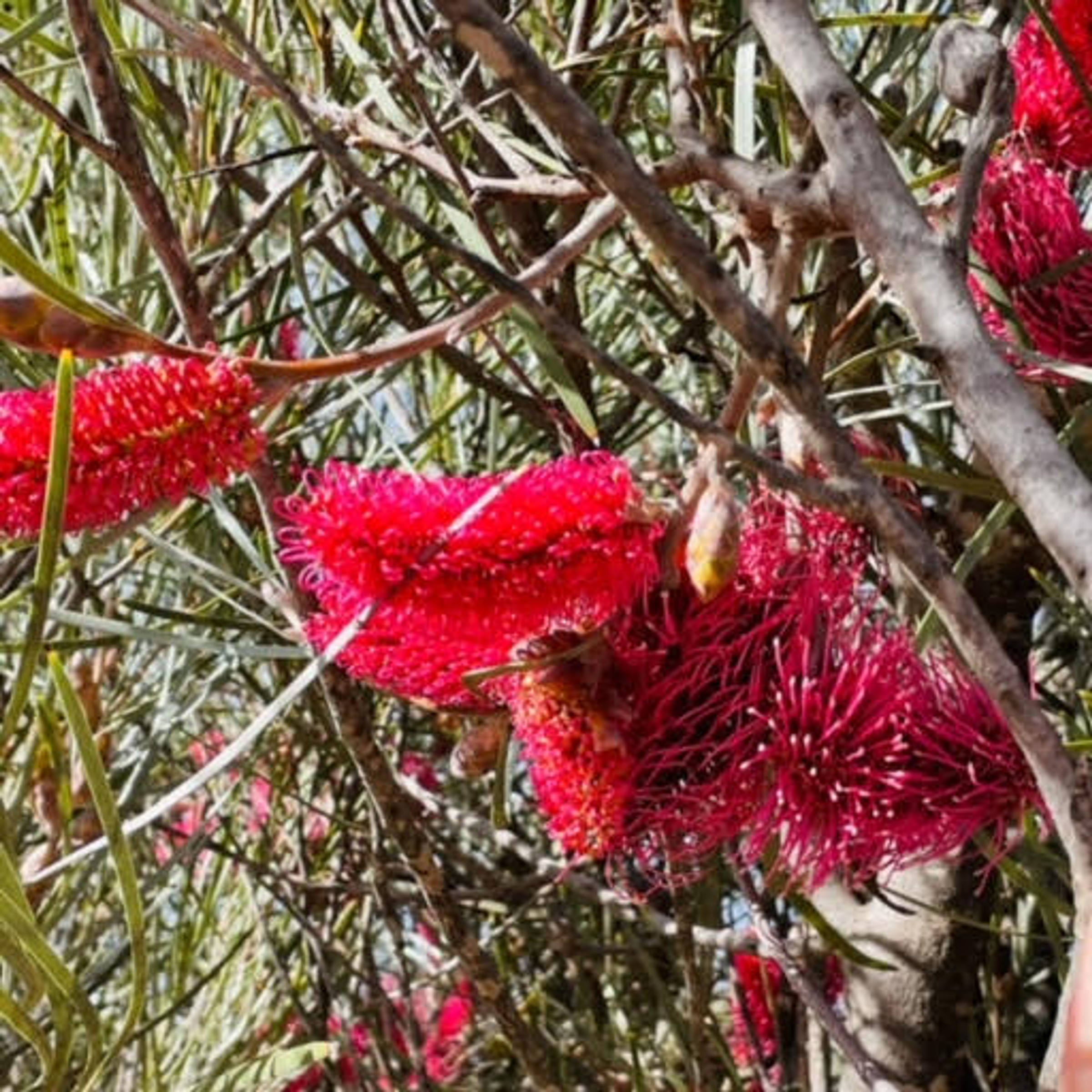
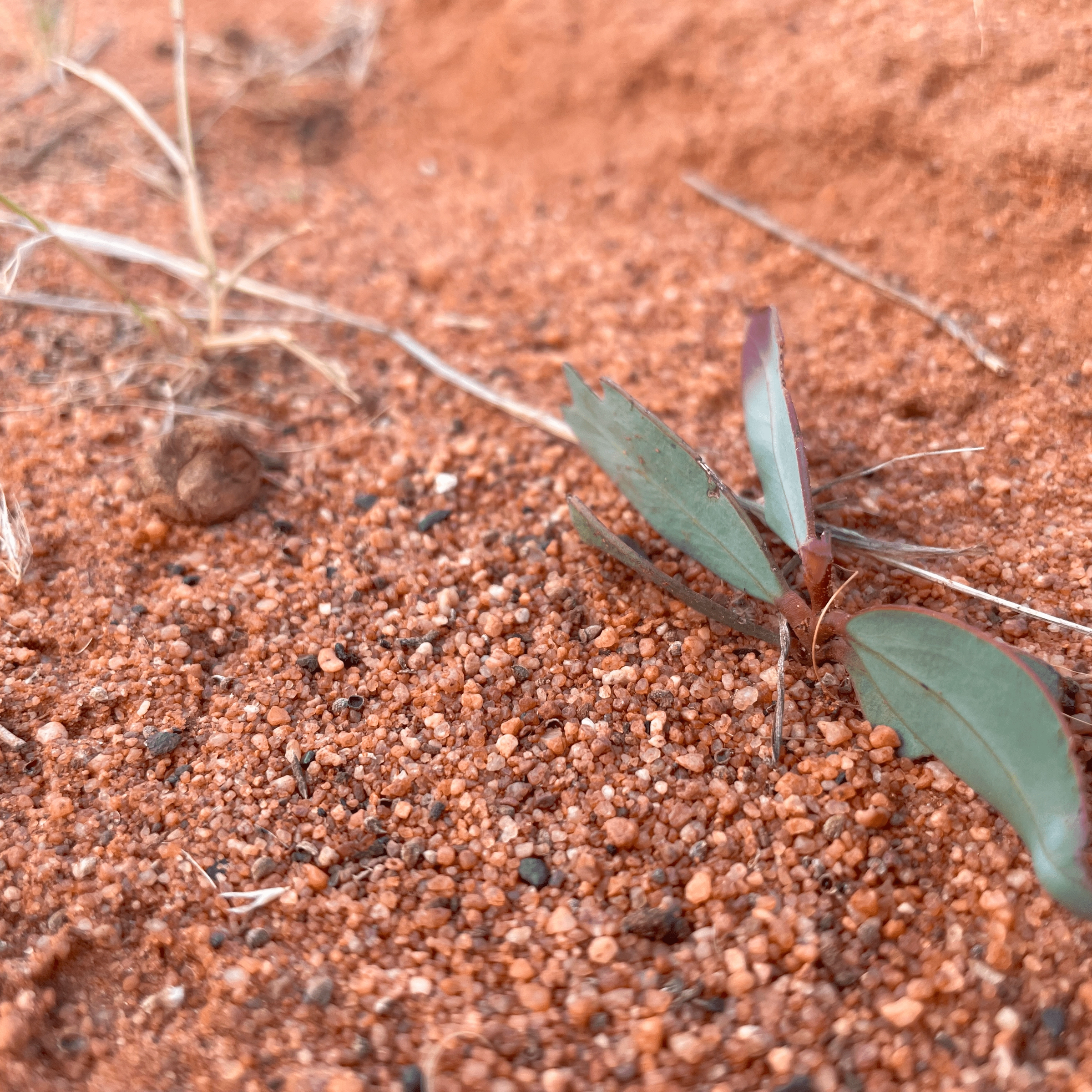
Talk to our experts
TECHNOLOGY-DRIVEN RESTORATION AT SCALE
